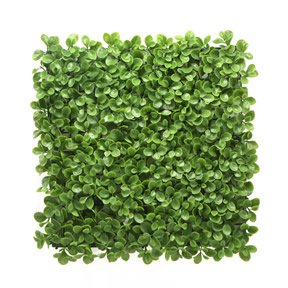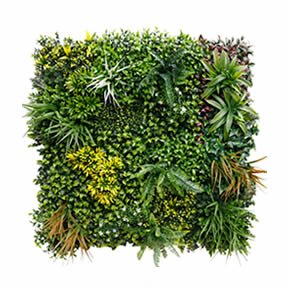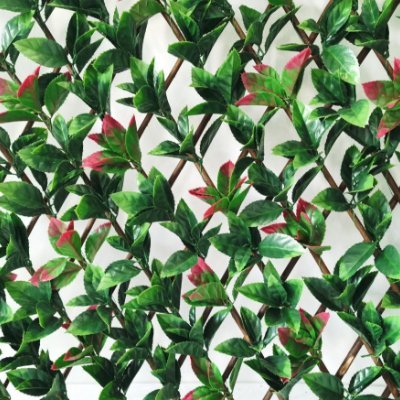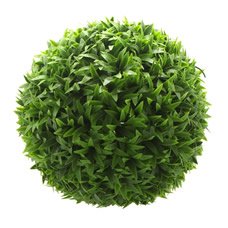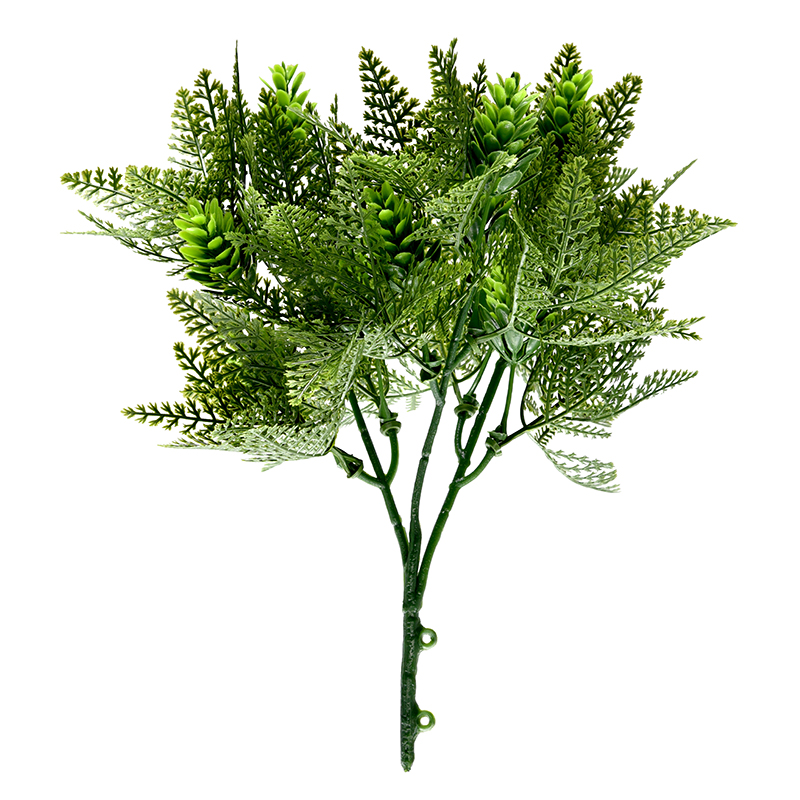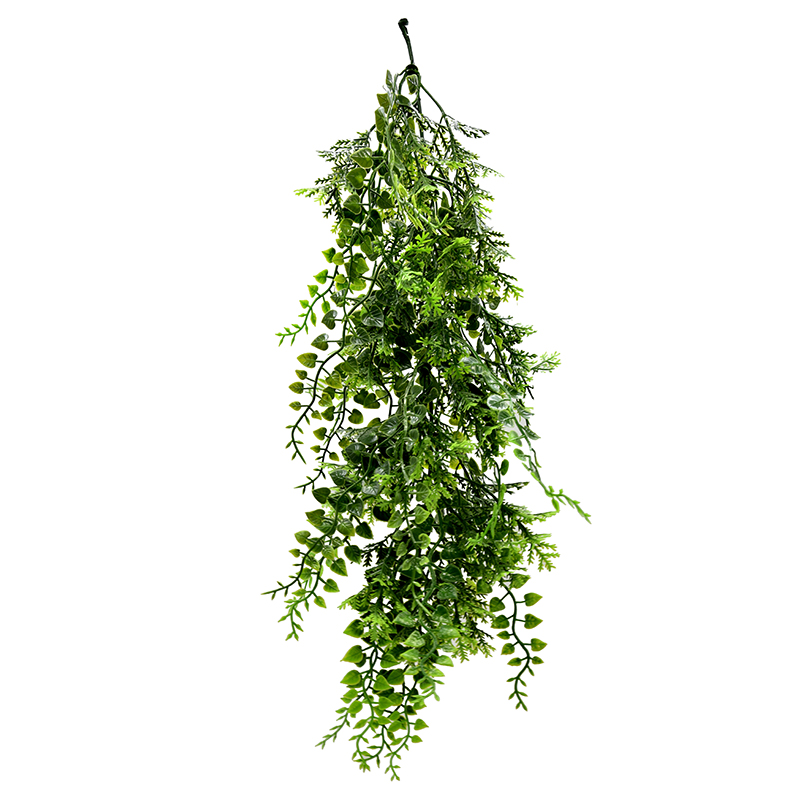Are Fake Plants Really Tacky?
 2024 09 5
2024 09 5If a comfortable, refreshing, and natural-looking home is what you seek, incorporating plants into your decor is essential. Although real plants are sometimes recommended, not everyone is able to keep them alive, and maintaining vases of fresh-cut flowers can become an expensive luxury.
Fake plants present a viable alternative, breathing life into otherwise dull spaces while offering a naturalistic aesthetic without the burden of maintaining real plants. Despite their practicality, some argue that fake plants can appear tacky—a claim this article seeks to explore.
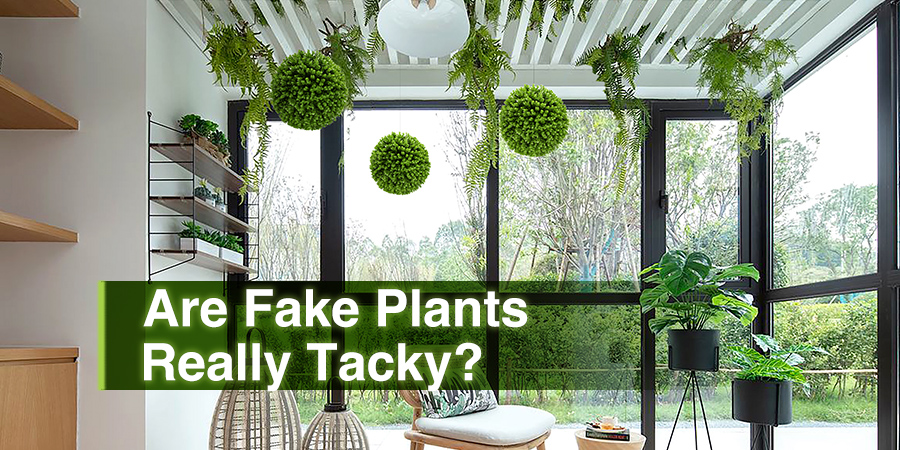
Are Fake Plants Tacky?
The term “tacky” is often used to describe something that looks cheap, unfashionable, or poorly made. This is true for some fake plants, particularly those made from low-quality materials. Cheap fake plants are often crafted from inferior materials, leading to rapid deterioration. Although they may initially appear appealing, their quality quickly diminishes over time. To avoid this, it’s essential to purchase from a reputable artificial plant supplier known for producing high-quality artificial plants.
5 Common Mistakes in Decorating With Artificial Plants
Having addressed the question, “Are fake plants tacky?” the next step is to explore the reasons why are faux plants tacky? Understanding these common mistakes in decorating with artificial plants can help refine your approach. Here are some tips for avoiding pitfalls and improving your use of faux plants.
Mistake #1: Choosing low-quality faux plants
The goal of decorating with artificial plants is to create a realistic look, not to make their artificial nature obvious. Achieving this requires choosing high quality fake plants.
Opting for the cheapest fake plant may seem like a quick fix, but this approach often leads to a plastic, shiny plant that doesn’t look convincing. While a low-quality faux plant might save you money initially, it can detract from your overall decor in the long run.
Avoid this pitfall by researching high-quality artificial plants and selecting the best options. Look for realistic trunks or stems, leaves that aren’t perfectly symmetrical, and pots filled with decorative elements like rocks or faux dirt. If possible, order samples to test them before making a final decision.
Mistake #2: Placing fake plants in unnatural locations
Consider where a live plant would thrive naturally. Avoid placing faux greenery in spots where real ones wouldn’t grow, such as dark, windowless areas. Position fake plants where they would receive sunlight if they were real to create a more natural look.
Here are some of our favorite artificial plants for decoration and where to put fake house plants:
- Entryway: Greet everyone who walks through the front door with a gorgeous artificial green wall. Place the greenery wall behind a console table or wooden bench for maximum effect. It is sure to impress and is a unique alternative to large mirrors, photos or paintings.
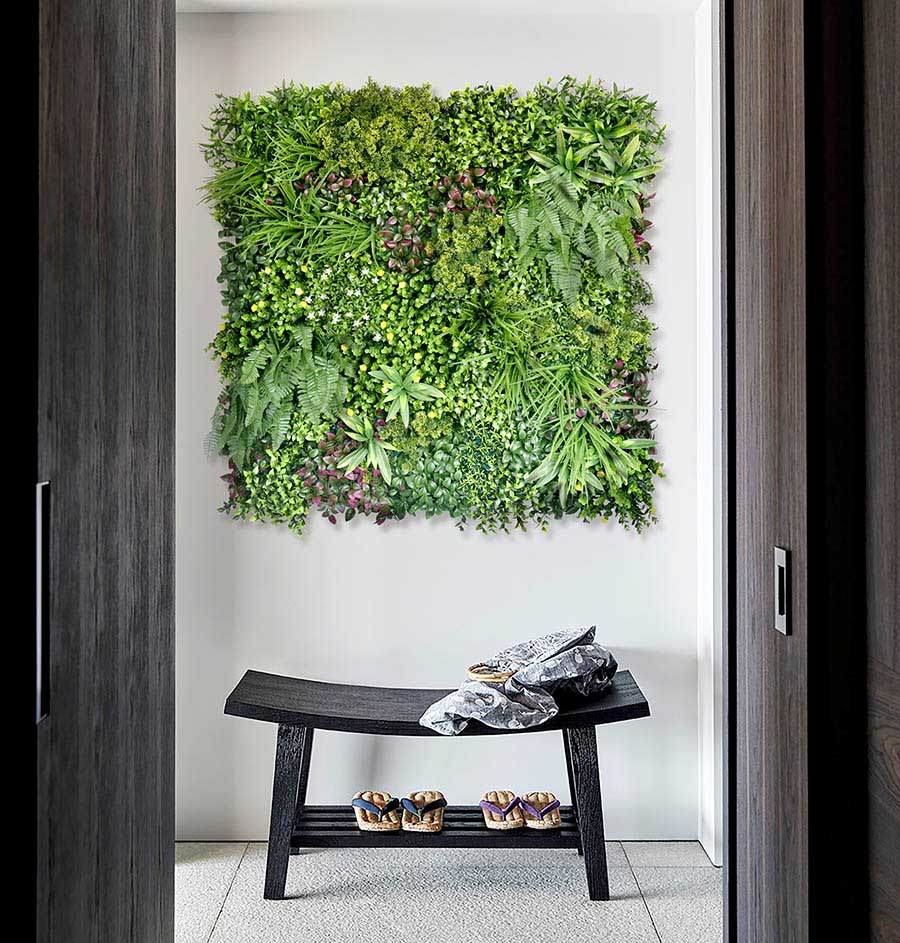
- Living Room: Trees make a bold statement and are among the best artificial plants for a living room. Fiddle leaf fig, smilax, and ficus trees can fill an empty corner beautifully. For shelves, trailing plants like philodendron and pothos (available in golden, silver, marble queen, and neon varieties) add a touch of color to the top shelf. Peperomia and succulents fit well between shelves. Snake plants and monstera deliciosa, which come in various sizes, can be placed in floor planters, accent tables, or shelves. Mix and match different plants, and follow best practices for decorating shelves.
- Dining Room: Fake succulents are an excellent choice for dining room plants. The mixed succulent arrangement creates a perfect centerpiece. Alternatively, a colorful Bird of Paradise can serve as a beautiful substitute for a traditional flower vase. Additionally, Peperomia and ZZ plants work well in dining rooms due to their more contained leaves, allowing them to enhance the table without overpowering the space.
- Kitchen: Place some fake plants on the windowsill above the sink to make dishwashing 10 times more fun (and avoid taking up valuable countertop space). Try placing cacti, succulents, herbs and aloe vera. The aloe vera plant is known for its soothing properties, and while fake aloe vera won’t provide much relief for oven burn, it’s still a good plant to have in your kitchen.
- Bedroom: Artificial hanging plants can create a serene atmosphere in the Consider hangingartificial vines in a corner or placing it on a dresser or high shelf. The fringe-y leaves add a soft touch, and peace lilies are another great choice for bedroom decor—simply place one on your nightstand to enjoy their calming presence.

- Bathroom: Bamboo creates a spa atmosphere – exactly what you want in your bathroom. A string of pearls or donkey tail plants also make a beautiful addition, hung from a decorative plant hanger or placed on a shelf with beads hanging down like a tranquil green waterfall.
Mistake #3: Overlooking repotting for fake plants
When bringing home a live plant, repotting and adding soil to personalize it for your space is standard practice. The same applies to faux plants. These three steps can enhance the look of your home:
- Choose decorative planters that complement each other and match your home’s aesthetic. A planter on a tall stand, for instance, can turn a background plant into a focal point. Planters also offer an opportunity to introduce accent colors.
- Touch up the filler if needed, using decorative stones or moss. Adding real dirt to the top of the pot can enhance the plant’s realistic appearance.
- Gently bend a few stems to create a more natural look, avoiding the perfection that can make the plant appear artificial.
Mistake # 4: Overloading with artificial plants
While a room filled with live plants creates a lush, organic feel, an overabundance of fake plants can have the opposite effect. To achieve a natural vibe, consider mixing a few real plants with your artificial ones. This combination creates a more authentic look, allowing you to incorporate more green elements. To stay within budget, opt for larger artificial plants and smaller real ones.
Mistake #5: Neglecting to clean artificial plants
Though faux indoor plants don’t require watering, they still need regular care to stay fresh. Dust artificial leaves regularly, and every few months, give them a deep clean in the sink with soap and water. Periodically touch up their shape, as live plants also change over time.
How to Decorate Fake Plants to Prevent Them from Being Tacky
After realizing that fake plants might be tacky and figuring out why, the next step is finding solutions. Here are some ways to ensure your fake plants look stylish and natural:
- Create a Thoughtful Arrangement
Plants can enhance the beauty of any space, but achieving this effect requires thoughtful arrangement. Choosing the right layout is crucial to avoid disrupting the overall design. Different plants suit various locations; for instance, certain houseplants are ideal for living rooms, while commercial artificial plants might be better suited for outdoor settings. Each type of plant has its place to contribute effectively to the decor.
- Use a Stylish Container
Choosing high-quality containers, planters, and pots that complement your space’s decor is essential. The size of the container also plays a key role. For instance, if you’re mixing real and fake plants, avoid using a small planter for growing plants, as this can lead to overcrowding. On the other hand, a large planter with small plants can create an imbalanced look. Adjust your containers as needed to maintain a harmonious and well-proportioned display.
- Add Varied Petals or Leaves
The petals and leaves of artificial plants should have a natural feel. In nature, plant petals and leaves are rarely uniform; they often have subtle variations. To make fake plants look more realistic, avoid perfectly symmetrical dimensions. You can even trim them slightly to introduce a bit of irregularity.
- Choose the Right Colors
When choosing faux plants, color is a key factor to consider. Since these plants are long-lasting, it’s important to select ones with the right hues. Some fake plants may have colors that are too dull, while others might be overly vibrant, straying too far from the natural look of real plants.
- Incorporate Realistic Stems and Trunks
To create a more authentic look, focus on the stems and trunks of your artificial plants. Choose plants with varying color tones—some slightly green, others darker. This subtle variation adds depth and elegance to your display, making the plants appear more natural and visually appealing.
- TransformWalls with Artificial Greenery
Short on floor space for fake plants? Consider installing an artificial vertical garden on your walls. This approach introduces vibrant greenery without cluttering the room, allowing you to maintain a neutral decor style.

- Decorate with FakeVines
Add charm to your space by hanging faux vines on walls or wrapping them around furniture. For an extra touch, intertwine the vines with fairy lights to enhance their visual appeal.
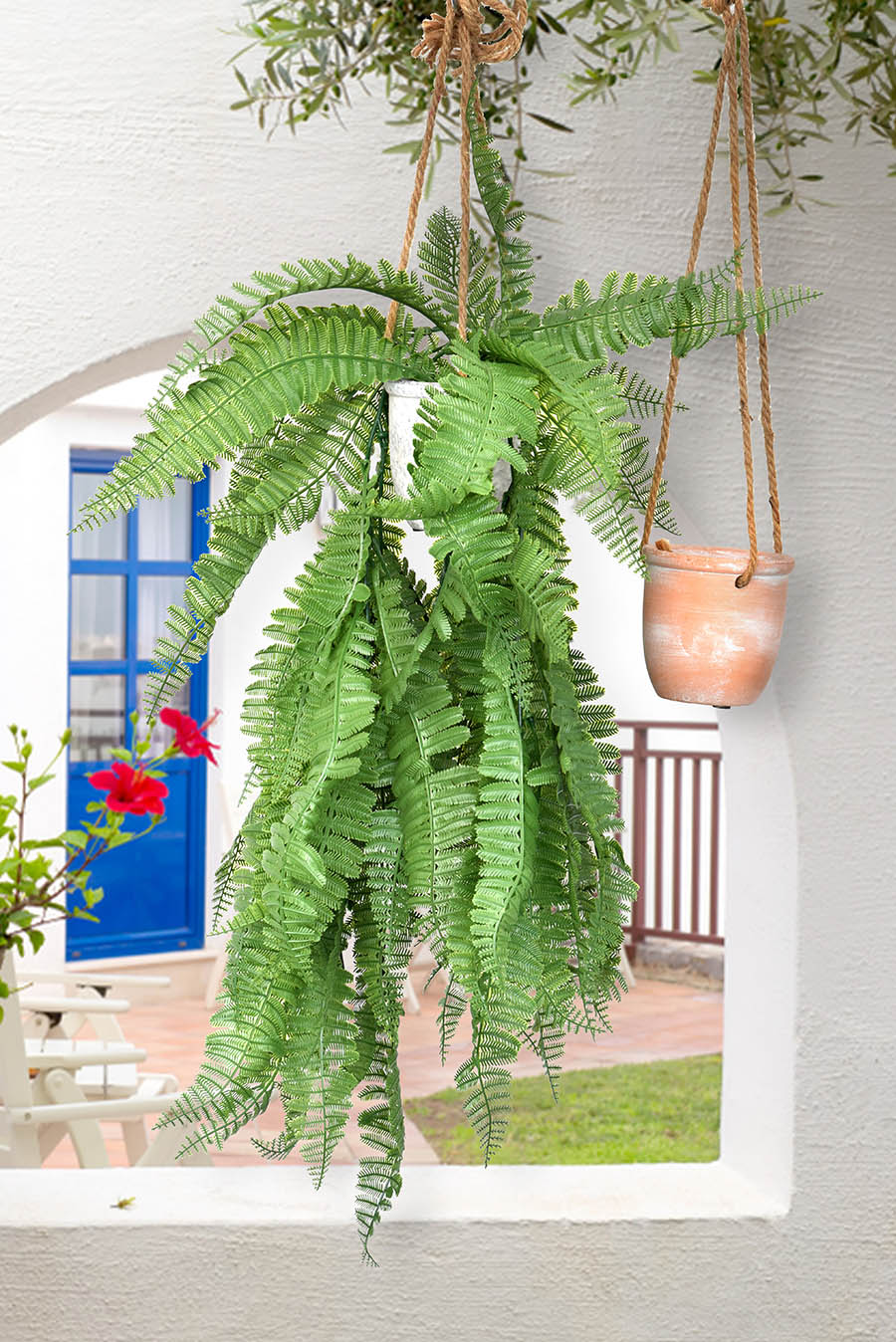
- Elevate with Hanging Planters
Hanging planters are a great way to bring lush greenery into a space. With artificial hanging baskets, you don’t need to worry about watering, allowing you to hang them at any height without concern for leaks.
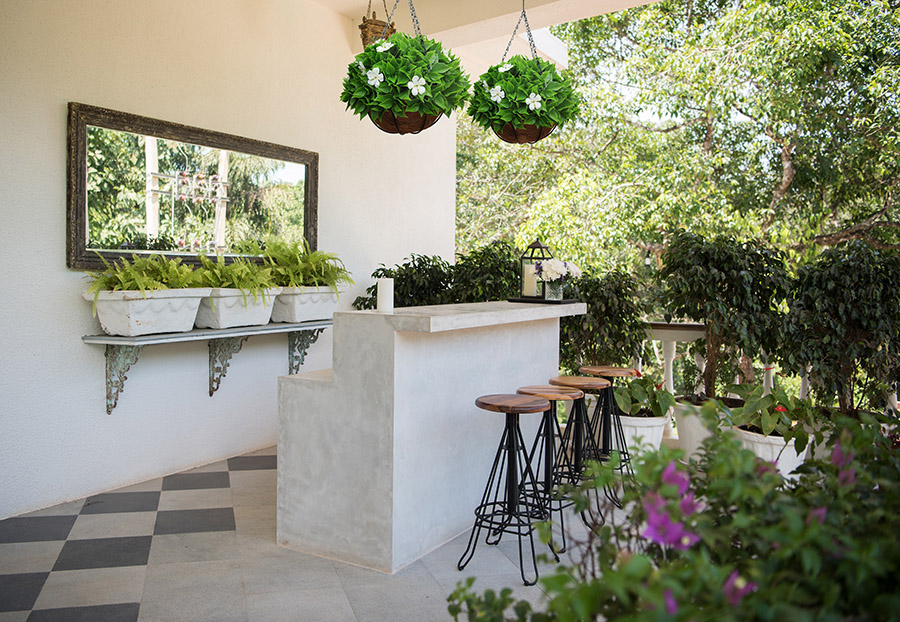
How to Choose High-Quality Faux Plants
- Consider Pliability
For a more realistic appearance, choose fake plants with pliable components. High-quality artificial plants feature bendable metal inside, allowing for customization of the shape to mimic natural growth. This is especially useful for larger, leafy artificial plants. Comparing the faux plant to a photograph of the real one can help in adjusting the leaves to enhance authenticity.
- Evaluate the Price
Price often reflects quality. While it might be tempting to opt for cheaper options, higher production costs generally indicate better quality. Lower-priced artificial plants may be made from inferior materials, compromising their appearance and durability.
- Opt for Greenery Over Flowers
Green plants usually offer a more realistic look than floral alternatives. Consider plants like monsteras or pothos, which are commonly found indoors, rather than artificial flowers. Fake succulents are also highly convincing due to their thick, glossy leaves.
- Choose Muted Colors
If a flowering fake plant is preferred, select one in neutral tones such as white or cream. Vibrant colors can make flowers appear less realistic and detract from their authenticity.
Conclusion
Despite the common belief that fake plants are tacky, there are ways to counteract this perception. This post explores the reasons behind the question, “Are fake plants tacky?” and provides insights into their causes and solutions.
At EdenVert, we prioritize realism in artificial plants. To ensure they don’t look artificial, we use premium materials combined with UV-resistant and flame-retardant properties, making them highly durable against elements like sunlight and fire.
Our high-quality artificial plants are designed to maintain their authenticity regardless of environmental conditions. Ready to enhance your space with realistic and long-lasting artificial plants? Contact us today for a competitive quote.

